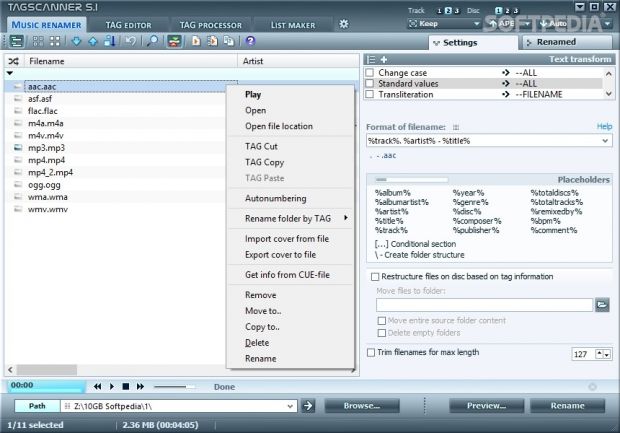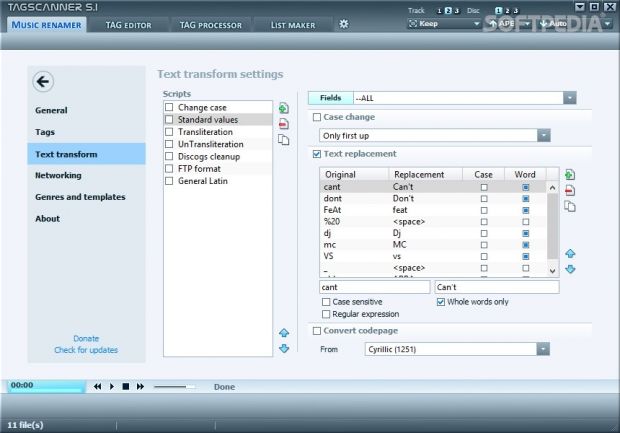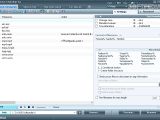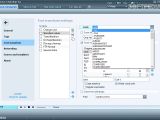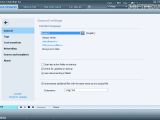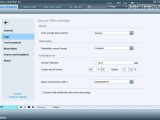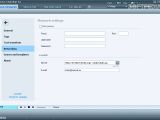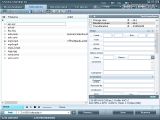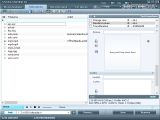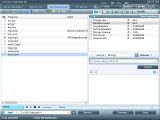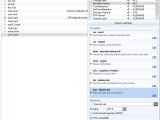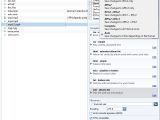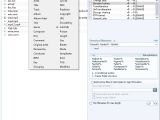Those with obsessive-compulsive tendencies who also happen to be musicophiles are likely to have two or three tag editors lying around on their computers. In case they're not completely satisfied with these programs' abilities to properly put together a music collection (and let's be honest, we never are), they can ask for the help of TagScanner.
This is a comprehensive software application dedicated to renaming audio tracks in bulk mode by taking into account their tag information. It also works the other way around, meaning that it lets you batch-rename files based on their tags, and this is just the tip of the iceberg when it comes to the features comprised in this tool. Make sure to arm yourself with patience before diving into it.
Installation, interface, file types and tag formats
The whole setup procedure is a fast and easy task that requires minimal attention, thanks to the fact that TagScanner includes only basic options. It doesn't come bundled with third-party components, which means that you can make a clean installation without accidentally installing any other components (such as browser toolbars).
There is also a portable counterpart available for those who want to skip all installer steps and be able to directly launch TagScanner from a pen drive.
The interface may seem overwhelming to the untrained eye. It's made from a large window split into four large areas that specialize in music renaming, tag editing, tag processing, and list making, respectively. Each of them is accompanied by numerous settings displayed on the right side of the main window, so it may be confusing at first to figure out how to get started.
The audio files recognized by the application are .mp3, .ogg, .flac, .wma, MPEG-4, Opus, Musepack, Monkey's Audio, .aac, OptimFROG, SPEEX, WavPack, TrueAudio, and Direct Stream Digital files, while the tag formats are ID3 1.0/1.1/2.2/2.3/2.4 tags, APE v1 and v2 tags, Vorbis Comments, in addition to WMA tags and MP4(iTunes) metadata, not to mention embedded lyrics and artwork.
Manage music files and retrieve missing tags
After indicating a directory from the drive, TagScanner automatically analyzes all its contents and loads only the supported files in the main window. This operation may take a while, depending on the size of the items, and any selected song can be loaded in a built-in audio player. Not all library tracks are taken into consideration for processing by default, so you can pick the preferred songs while leaving out the rest.
Buttons for selecting and deselecting all items are available. You can sort the files by various criteria (e.g. file name, album, artist, sample rate, size, full path), find and remove duplicates, create and save playlists, as well as automatically number the files.
Information for audio files with missing tags can be obtained from their corresponding CUE files or online sources, or generated from file names. Cover art can be imported and exported, while selected files can be copied or moved to other folders.
Create scripts with renaming rules
In order to facilitate a bulk-renaming task, it is necessary to create scripts with rules. The program has several preset profiles lined up for text transformation, allowing you to edit the profile properties or create new ones with custom settings.
Firstly, you can choose the fields to rename, whether we are talking about tags, file names, extensions, or everything. Alternatively, you can pick the tag to target, like album, composer or comment.
Secondly, you can either convert the text case (lowercase, uppercase, capitalization for each word or only the first one) or create a list with the exact content to replace, simply by specifying the old text and new one. In addition, TagScanner can be case sensitive, apply settings to whole words only, verify regular expressions, and convert the codepage.
Set the file renaming pattern and generate reports
When it comes to the file renaming pattern, the tool can take into account one or multiple tag fields. For example, songs can be organized by album, year, genre, artist or title. A list with the available naming formats is shown in the main frame to help you find the ideal formula, and you can even create folder structures and set logical conditions (if...then).
It is also possible to restructure files on a disc based on their tag information, automatically move them to a desired location on the computer on task completion, delete empty folders to remove clutter, move the entire source folder content, or trim file names so that they can fit a maximum character length (default is 127 but it can be increased or decreased).
Reports with playlists can be generated and saved to .csv (simple or Microsoft Excel), .html (simple or extended album list), .m3u (playlists in folders) or .xml (albums list). You can edit the report's file name, select the encoding method, write Unicode signatures (BOM), make it compatible for HTML, and use relative paths.
Preview changes and configure program preferences
Before committing all changes, they can be previewed in a separate window to spot any mistakes, giving you the opportunity to go back and re-adjust all the aforementioned settings.
As far as app customization goes, it is possible to switch to another UI language, scan the last active folder at program startup, customize additional tag settings for IDv3v2, OGG Vorbis and embedded art, apply a proxy configuration for connecting to the Internet, as well as to indicate custom genres and templates for folder names.
The Good
With the help of TagScanner, you can rename files in batch mode using their tag and file information, edit tags by creating scripts with rules, generate tags from file and folder names, convert case or replace words entirely, convert tag versions, generate playlists and reports in various file types, preview changes before applying them to the files, as well as load songs in a built-in audio player.
Those who want to skip the installer and run the app directly from a pen drive may resort to its portable counterpart with identical features, named Portable TagScanner.
It is free to use.
The Bad
Drag-and-drop is not supported for rearranging audio files in the playlist.
 14 DAY TRIAL //
14 DAY TRIAL // 